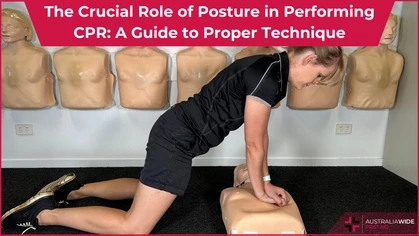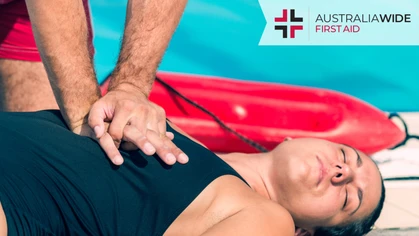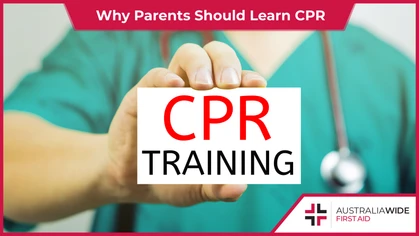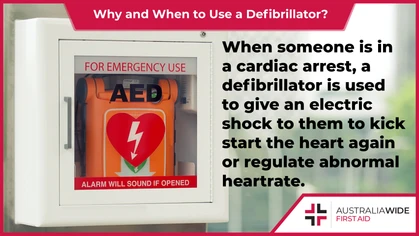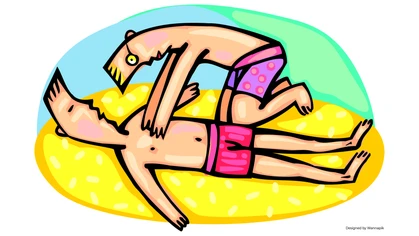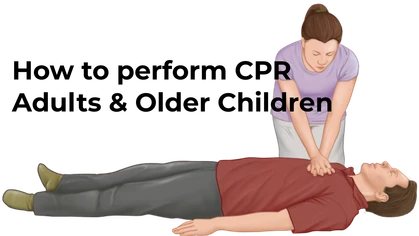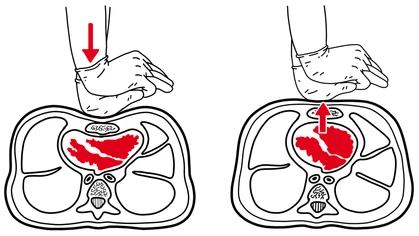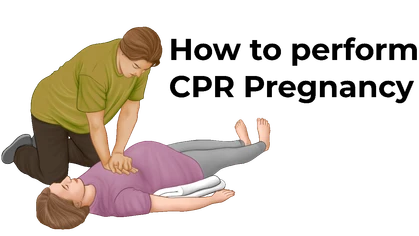CPR for Persons in Wheelchairs

CPR Resources
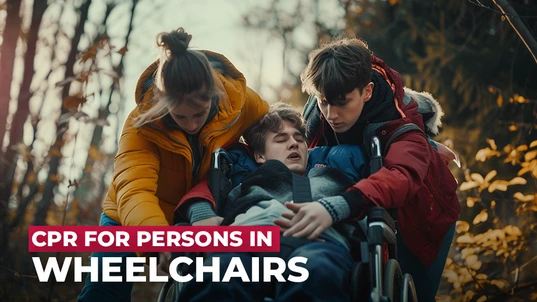 Cardiopulmonary resuscitation (CPR) is a technique used to revive someone whose heartbeat and breathing have stopped. When a person suffers a cardiac arrest, the brain cells and other vital organs are deprived of oxygen, leading to gradual damage. CPR is essential in such situations to supply and preserve these cells. Early recognition of the signs of cardiac arrest and timely CPR application can mean the difference between life and death.
CPR involves chest compressions and artificial respiration to keep blood circulating and maintain oxygen supply to the body. It is a skill that everyone should learn, but performing CPR on a person in a wheelchair can be challenging, even for trained responders.
Despite its apparent simplicity, bystanders often delay providing CPR to females and people with special conditions such as those in wheelchairs. This delayed response may be due to a lack of knowledge on what to do in such situations or the perceived complexity of the procedure due to the casualty's condition.
However, the CPR principle remains the same for all casualties, whether they are in wheelchairs or not. Some adaptations, approaches, and modifications may be necessary for effective techniques for people with disabilities.
Cardiopulmonary resuscitation (CPR) is a technique used to revive someone whose heartbeat and breathing have stopped. When a person suffers a cardiac arrest, the brain cells and other vital organs are deprived of oxygen, leading to gradual damage. CPR is essential in such situations to supply and preserve these cells. Early recognition of the signs of cardiac arrest and timely CPR application can mean the difference between life and death.
CPR involves chest compressions and artificial respiration to keep blood circulating and maintain oxygen supply to the body. It is a skill that everyone should learn, but performing CPR on a person in a wheelchair can be challenging, even for trained responders.
Despite its apparent simplicity, bystanders often delay providing CPR to females and people with special conditions such as those in wheelchairs. This delayed response may be due to a lack of knowledge on what to do in such situations or the perceived complexity of the procedure due to the casualty's condition.
However, the CPR principle remains the same for all casualties, whether they are in wheelchairs or not. Some adaptations, approaches, and modifications may be necessary for effective techniques for people with disabilities.
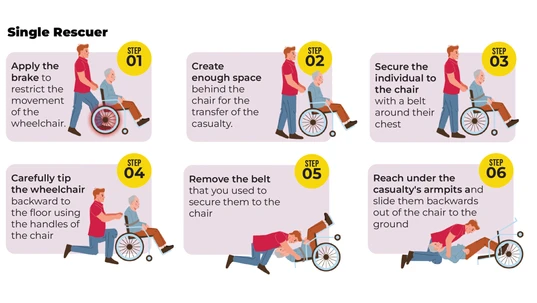
Be Respectful of Their Condition
Performing CPR on a person with a disability is similar to performing CPR on a person without a disability, but adjustments may be necessary based on their specific needs. If a carer or loved one of the casualty is nearby, you should always defer to their knowledge of the situation and their knowledge of the casualty. They may have advice on specific adjustments or requirements, depending on their medical condition. Ask them to assist you, if possible, in removing the casualty from the wheelchair in order to perform CPR. When calling for an ambulance, describe the condition of the casualty as best you can. You should always mention that they use a wheelchair, and anything you may note about their disability. The medical personnel on the phone may have specific advice for you with regards to how to proceed. Depending on their medical condition and the size of their body, you may need to adjust whether you use one or two hands for compressions, regardless of age. The depth of compressions remains the same – about one third of the chest cavity. You may also notice medical tubes, such as oxygen, attached to the casualty. These should not be removed, unless you are explicitly advised to do so by medical personnel. Keep them attached to the casualty when you remove them from the wheelchair.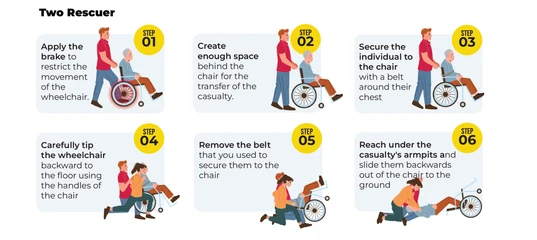
Removing the Casualty from the Wheelchair
When assisting a casualty in a wheelchair during CPR, it's important to transfer them to a flat, hard surface for effective compression depth. To ensure a safe transfer of a person from a wheelchair to the ground, follow these guidelines:- Apply the brake to restrict the movement of the wheelchair.
- Create enough space behind the chair for the transfer of the casualty.
- Detach any accessories such as food trays, armrests, etc. that are attached to the wheelchair.
- If you are alone, secure the individual to the chair with a belt around their chest before going behind the chair.
- Position their arms so that they are safe and will not be injured during the transfer – for example, across their lap or stomach.
- Carefully tip the wheelchair backward to the floor using the handles of the chair.
- Remove the belt that you used to secure them to the chair (if this step was followed).
- Reach under the casualty's armpits and slide them backwards out of the chair to the ground, taking care to support their head, and ensure that any attached medical devices are moved with the casualty, remaining attached.
- Immediately begin CPR.
Conclusion
Cardiopulmonary Resuscitation is a skill everyone should learn and be able to perform when the need arises. However, regardless of the casualty's condition e.g., one in wheelchair, the CPR principle remains the same for all and should be started as soon as possible. Remember to defer to the knowledge of any carers or loved ones present, and relocate the casualty to a flat surface as quickly as possible in order to begin CPR.
Originally published at
https://www.australiawidefirstaid.com.au/resources/cpr-for-persons-in-wheelchairs
as part of the Australia Wide First Aid Articles Library
